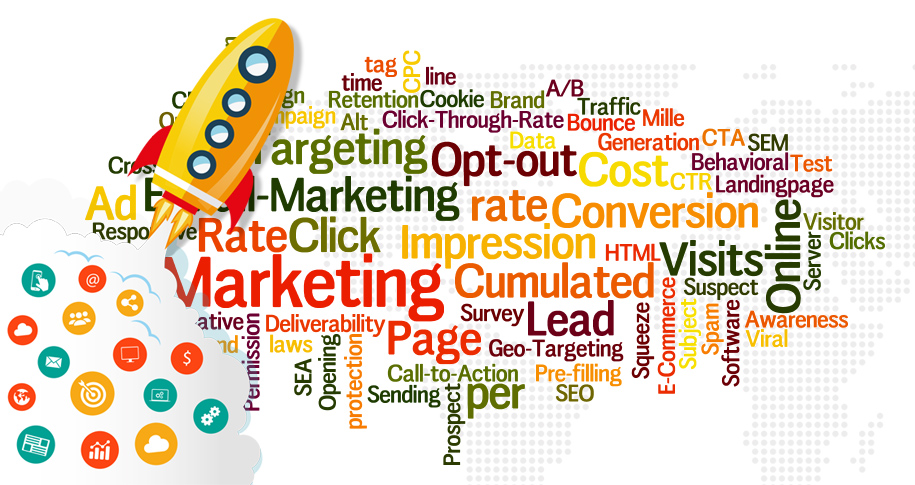What Is Behavioral TargetingWhat Is Behavioral Targeting?
Behavio... More?
Behavioral targetingWhat Is Behavioral Targeting?
Behavio... More refers to the practice of using data about a user’s behavior on websites and online platforms to serve personalized ads or content. This targeting strategy relies on tracking users’ online activities, such as browsing history, search behavior, and past purchases, to predict their interests and deliver more relevant and engaging advertisements.
Why Is Behavioral TargetingWhat Is Behavioral Targeting?
Behavio... More Important?
- Improves Ad Relevance
By tracking user behavior, businesses can serve ads that are tailored to the specific interests or needs of the user. This ensures that users see ads that are relevant to them, leading to higher engagement and conversion rates. - Increases Conversion Rates
Behavioral targetingWhat Is Behavioral Targeting?
Behavio... More leads to higher conversion rates because the ads or content being displayed are more likely to resonate with the user. By targeting individuals with personalized offers or messages based on their previous actions, businesses can improve their chances of converting prospects into customers. - Optimizes Marketing Budgets
With behavioral targetingWhat Is Behavioral Targeting?
Behavio... More, businesses can optimize their advertisingDefinition
Brand awareness is the ext... More spend by reaching users who are most likely to convert. Instead of serving ads to a broad audience, businesses can focus on individuals who have shown an interest in their products or services, improving ROI. - Enhances User Experience
Behavioral targetingWhat Is Behavioral Targeting?
Behavio... More can improve the user experience by delivering content and ads that are tailored to their preferences. This personalizationWhat Is Personalization in Marketing?... More makes interactions feel more relevant and valuable to the user, enhancing satisfaction and reducing the likelihood of ad fatigue.
Types of Behavioral TargetingWhat Is Behavioral Targeting?
Behavio... More
- Contextual Targeting
This type of behavioral targetingWhat Is Behavioral Targeting?
Behavio... More shows users ads based on the content they are currently viewing. For example, if a user is browsing articles about fitness, they may see ads for gym equipment or workout clothes. - RetargetingWhat is Retargeting?
Retargeting is a... More
RetargetingWhat is Retargeting?
Retargeting is a... More involves showing ads to users who have previously visited a website but did not make a purchase. By tracking the user’s previous interactions with the site, businesses can remind them of products or services they viewed but didn’t buy. - Predictive Targeting
This method uses machine learning and data analyticsDefinition
Analytics refers to the sy... More to predict a user’s future behavior based on past actions. It helps businesses anticipate what products or services the user is likely to be interested in and deliver ads accordingly.
Best Practices for Behavioral TargetingWhat Is Behavioral Targeting?
Behavio... More
- Respect User Privacy
While behavioral targetingWhat Is Behavioral Targeting?
Behavio... More is highly effective, it’s essential to respect user privacy. Ensure that users are aware of data collection practices and provide options to opt-out of tracking. Comply with regulations like GDPR to avoid legal issues. - Use Data Responsibly
Behavioral targetingWhat Is Behavioral Targeting?
Behavio... More relies heavily on user data. Use this data responsibly and transparently, ensuring that it is being used to improve the user experience and not for intrusive or irrelevant ads. - Test and Optimize Campaigns
Continuously test different targeting methods and optimize campaigns based on user behavior data. A/B testingDefinition
A/B Testing, also known as... More can help you determine which type of behavioral targetingWhat Is Behavioral Targeting?
Behavio... More yields the best results.
Conclusion
Behavioral targetingWhat Is Behavioral Targeting?
Behavio... More enables marketers to deliver personalized and relevant ads that increase engagement, conversions, and overall campaign performance. By using data responsibly, businesses can improve their marketing efforts while providing a better user experience.
